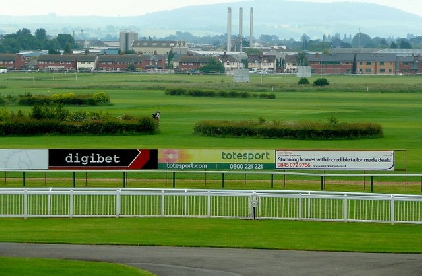
Fire incident response times were longer last year – but a brigade chief says this is could be a sign that preventative work near full-time stations is working.
Since 2015, the Shropshire Fire and Rescue Service has set itself a target to attend 89 per cent of incidents within 15 minutes, and has achieved this every year except in 2018-19, when the rate fell to 86 per cent.
Deputy Chief Fire Officer Andy Johnson said this “unusual” result might be a “perverse effect of our success in prevention”.
His report for the Shropshire and Wrekin Fire and Rescue Authority said preventative work had been focused predominantly in “wholetime areas, where the higher number of fires occur”, shifting the “average incident location” further away from stations and increasing travel time.
The authority looked at the brigade’s performance against its 2015-2020 service targets, in areas including incident response and the limiting of accidental, deliberate and fatal fires.
Figures in Officer Johnson’s report showed the Shropshire Fire and Rescue Service’s average primary fire response times had risen about a minute over five years, from just over nine minutes in 2012-13 to just over 10 in 2017-18, and the brigade had failed its target to respond to 89 per cent of incidents within 15 minutes in 2018-19.
“Unusually, we had the fall last year,” Officer Johnson said.
“Some of this might be a perverse effect of our success in prevention, and by reducing fires in our wholetime areas.”
His report for the fire authority said: “Shropshire is not alone in this downward trend.
“There is growing evidence that the most significant reason for this apparent poorer performance might actually be a perverse consequence of the excellent work the fire service has been doing nationally to drive the number of fires down.
“With the work having been focused predominantly in our wholetime areas, where the higher number of fires occur, the reduction in the numbers we have seen in this areas has resulted in the location of the average incident being further away from our stations.”
Deputy Police and Crime Commissioner Tracey Onslow, who regularly attends fire authority meetings as an observer, asked the deputy CFO to clarify when incident response times were measured from.
Officer Johnson said the ‘clock’ started “when fire control have the basic information and push the button to create the incident”, not when 999 calls are picked up.
“When the initial standard was put in place we were unable to get the data out of the system about when the call was received,” he said.
“We can now, but in the interests of consistency we still measure from the incident creation.”
Officer Johnson’s report recommended the brigade continues to use the 89 per cent target in 2020-21. The fire authority’s Strategy and Resources Committee will have the final decision whether to confirm this.

 Threatened rural business can continue after all
Threatened rural business can continue after all
 Lloyds to close Leominster, Ludlow and Bridgnorth branches
Lloyds to close Leominster, Ludlow and Bridgnorth branches
 Herefordshire Council leader hails ‘renaissance of key county building’
Herefordshire Council leader hails ‘renaissance of key county building’
 Alternative urged to city multi-storey car park
Alternative urged to city multi-storey car park
 Parking to return to Leominster's Corn Square following works
Parking to return to Leominster's Corn Square following works
 New homes could replace office
New homes could replace office
 Bid to turn ill-fated pub back to home
Bid to turn ill-fated pub back to home
 Racing abandoned at Hereford
Racing abandoned at Hereford
